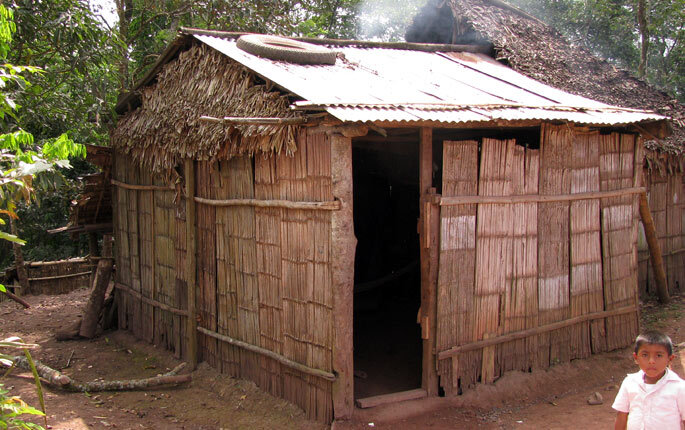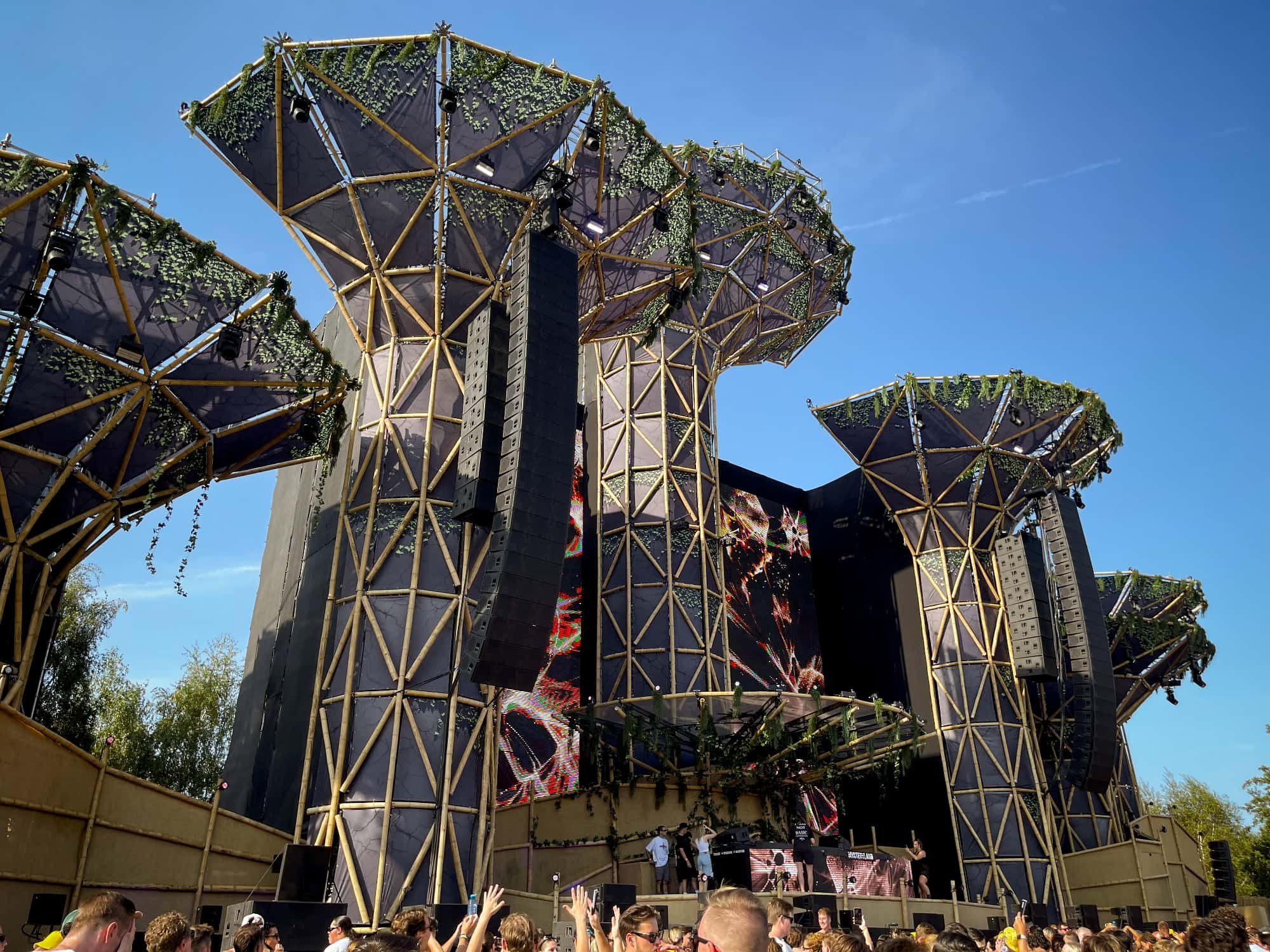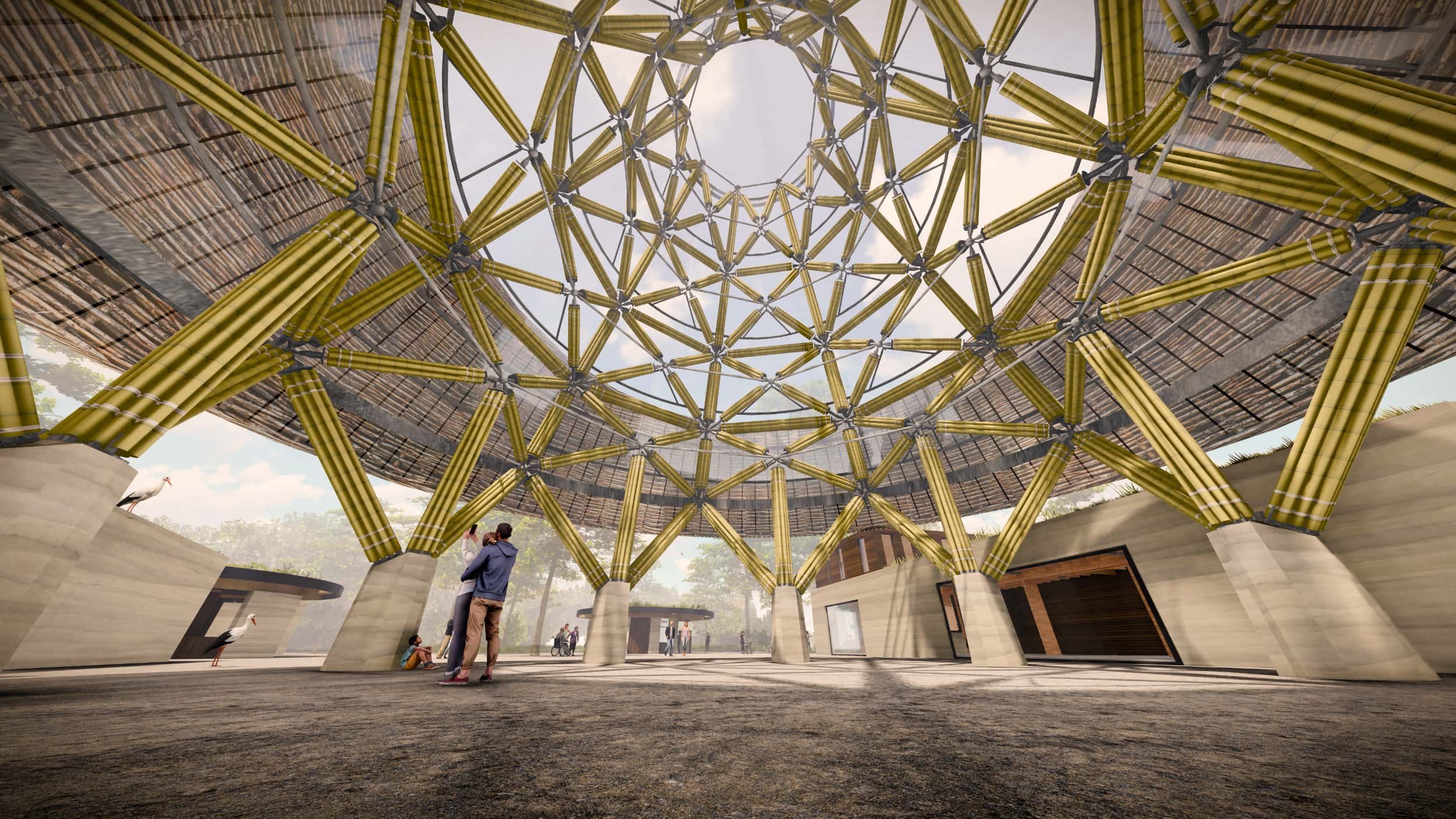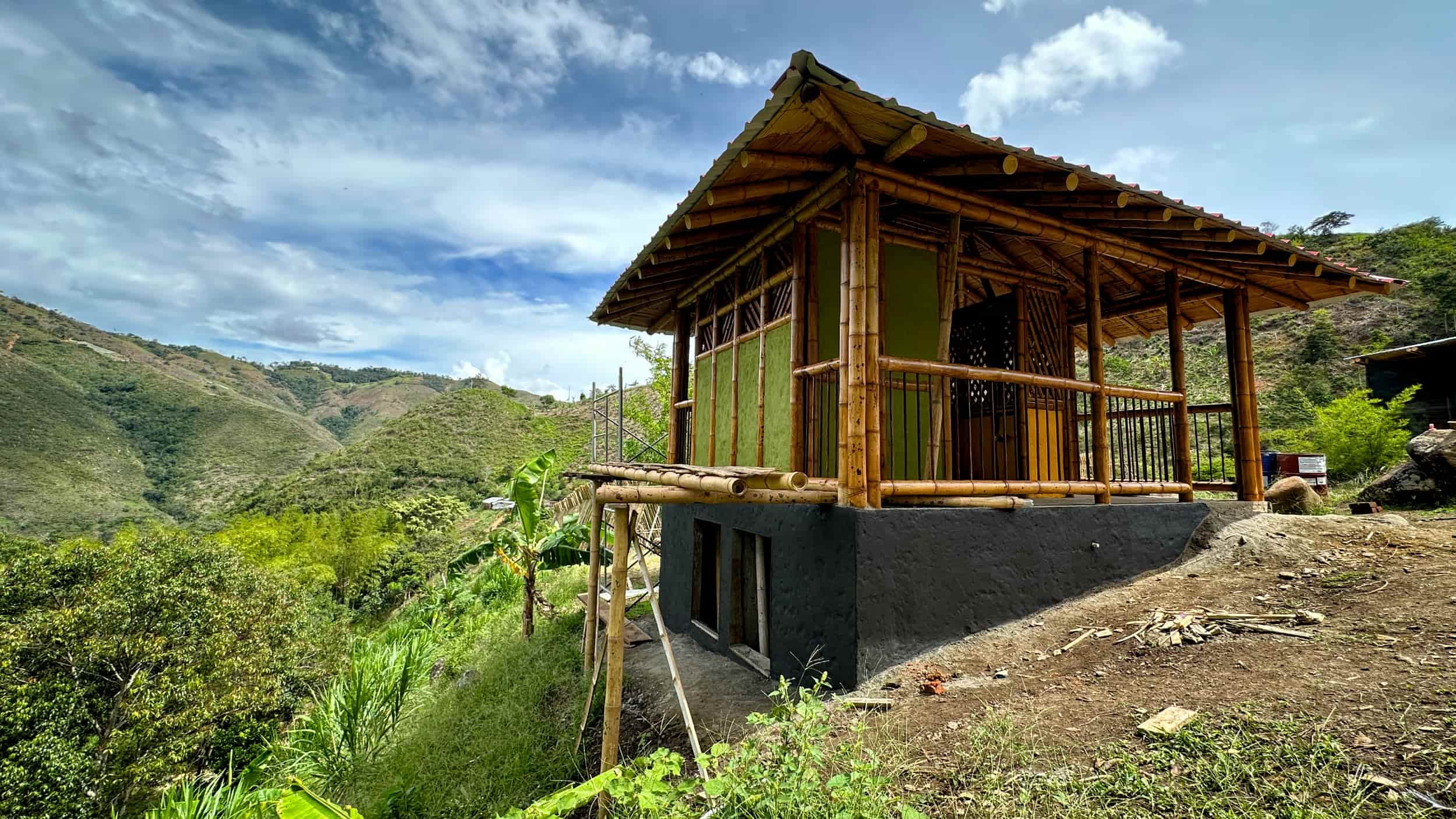Advantages of Building with Bamboo
One of the main advantages of building with bamboo is that it is a wonderful, natural and renewable resource, capable of rapid growth that can avoid future deforestation of our precious tropical rainforests.
But, there is more...
In case of Guadua bamboo, fibers are up to 1 cm long, while those of wood are approximately 2 mm long. With a tensile strength up to 40 kN/cm2, Guadua easily surpasses timber fibers (approximately 5 kN/cm2), or even mild steel (36 kN/cm2).
Its capacity to absorb energy and the higher bending strength makes this bamboo an ideal material for seismic-resistant constructions.
Bamboo possesses only a small proportion of lignin. Its main component is silicic acid, which gives the shoot its durability and hardness. The tissues composition of guadua is 40% fiber, 51% parenchyma and 9% conductive tissue, which explains its astonishing strength and flexibility.
Advantages of Bamboo as a Building Material
Bamboo is easy to cut, handle, repair, reposition and maintain, without the need for sophisticated tools or equipment.
Because of its extraordinary physical characteristics, Guadua bamboo is suitable for all types of structures and constructions.
Bamboo is non-polluting and does not have crusts or parts that can be considered waste. Instead of adding to the problems of polluting land-fills like conventional building waste, any part of the bamboo that is not used is recycled back into the earth as fertilizer or can be processed as bamboo charcoal.
Its circular form and hollow sections make bamboo a light building material, which is easy to handle, transport and store. Therefore, building with bamboo saves time.
Bamboo can be utilized for permanent and for temporary constructions.
In each of its nodes, bamboo has a dividing or transverse wall that maintains strength and allows bending thus preventing rupturing when bent. Because of this fantastic characteristic a bamboo construction offers superior earthquake-resistance.
The composition of the fibers in the walls of the bamboo allows it to be cut length-wise or cross cut in pieces of any length, using simple manual tools like the machete.
The natural surface of the bamboo is smooth, clean, with an attractive color which does not require painting, scraping or polishing.
Besides being used as a structural element, bamboo can also serve other functions, such as: flooring, wall paneling, water pipes, drainage, and furniture.
Another advantage of building with bamboo is, that it can be used in combination with other types of construction materials, like reinforcing materials for foundations.
Misconceptions about Bamboo as a Building Material
The incorrect use of bamboo in marginal construction has contributed to the misconception that bamboo is inferior to wood. Nothing can be further from the truth. Bamboo is a building material that offers superior earthquake protection compared to wood or cement block. Public awareness about the superior structural, mechanical and environmental qualities of bamboo is growing daily especially among visionary leaders of the "green revolution".
What Happens When Bamboo is Not Handled Correctly:
Once cut, insects may attack bamboo or wood. For that reason it is highly recommendable that bamboo, once cut go immediately through a special immunization and drying process.
Bamboo in permanent contact with soil, like wood, will rot and attract insects. For that reason, we discourage bamboo and soil contact.
Once dried, bamboo, like wood, is flammable. Bamboo can be treated with a fire-resistant substance.
Bamboo does not have an equal diameter over all its length. The thickness of the internal walls also varies. For builders unfamiliar with this characteristic, this might present difficulties. Experienced builders have no problems.
The diameter of the bamboo diminishes when drying. If not dried completely in advance of construction, this has implications.
Quality bamboo construction requires special techniques for joints and terminals. Inexperienced builders attempt to drive nails into bamboo which could result in splitting the bamboo. Experienced builders use fine nails that do not split bamboo. When using thick nails, simple pre-drilling prevents splitting.
This video shows a test with bamboo for earthquake and cyclone resistant structures in a lab in France. I won’t spoil the outcome, just watch how much pressure this bamboo structure can withstand! Subtitles are in English.




















I am facing a situation as I need to look for material to build some house(s) in Belize. My spouse asked a critical question: what is the durability of a bamboo house and how many years can you expect a bamboo home to last?